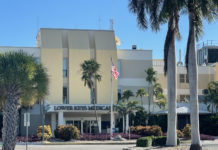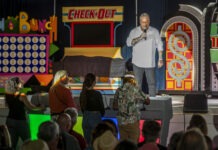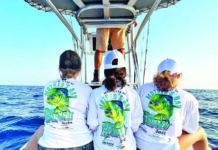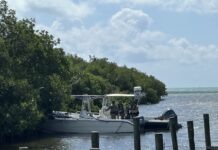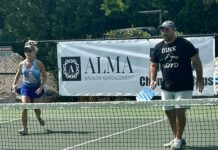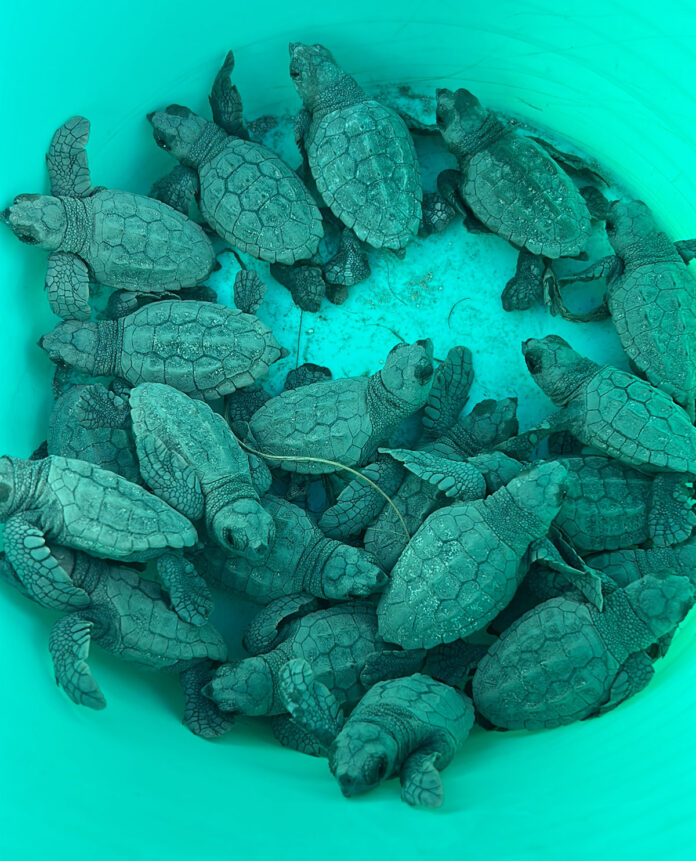
On July 11, Turtle Hospital and Save-A-Turtle of the Florida Keys staff responded to a recently-hatched loggerhead turtle nest on Sombrero Beach. The sea turtles had hatched overnight, but a house’s light misdirected the hatchlings. Instead of following the reflections of the moon and stars out to sea, the turtles headed for the road, getting scattered in storm drains and stuck in fences.
Light disorientation isn’t new for turtles nesting on Sombrero – residents have had turtles end up on their doorsteps after taking the wrong turn before. However, on that same day, the Marathon City Council unanimously approved a new ordinance protecting sea turtle nesting beaches from disorienting artificial light.
Save-A-Turtle president Harry Appel praised the new standards and is assisting in getting lighting code enforcement trained to check for unsafe lights.
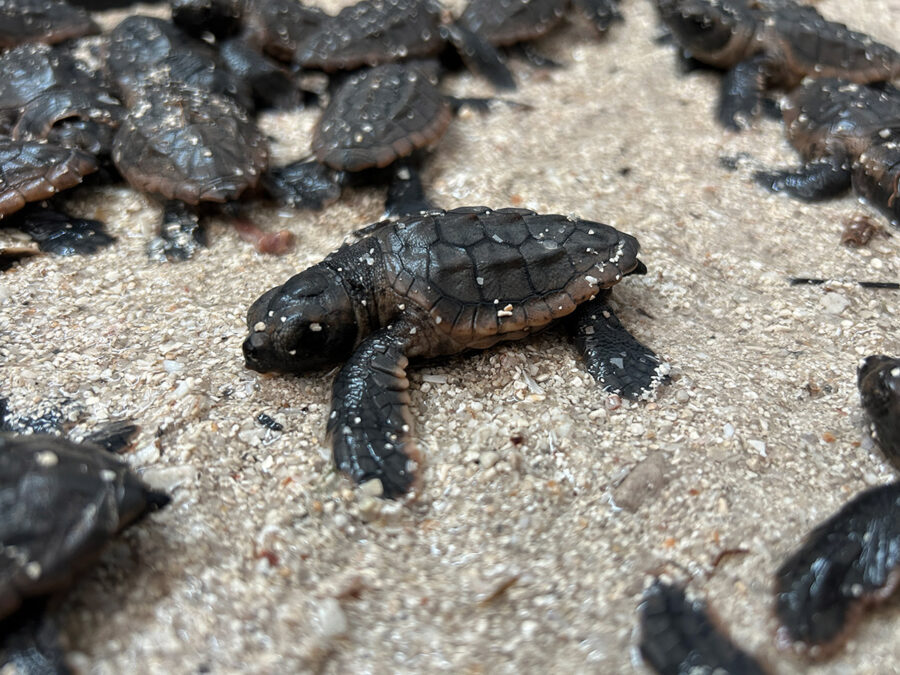
“We have to make the world better,” said Appel. “We’ve fought to keep natural beaches, and to not block nesting areas. The next push is helping some of the smaller Keys cities get up to code.”
Save-A-Turtle and Turtle Hospital rescued the surviving misdirected hatchlings. Of the initial 40 rescued hatchlings, 29 were healthy enough to release by that evening. The remaining 11 are still in rehabilitation.
“Hatchlings get a sudden burst of energy when they come out of the nest, in order to swim out to the Gulf Stream,” said Bette Zirkelbach, Turtle Hospital manager. “These hatchlings used all of that energy to traverse land instead.”
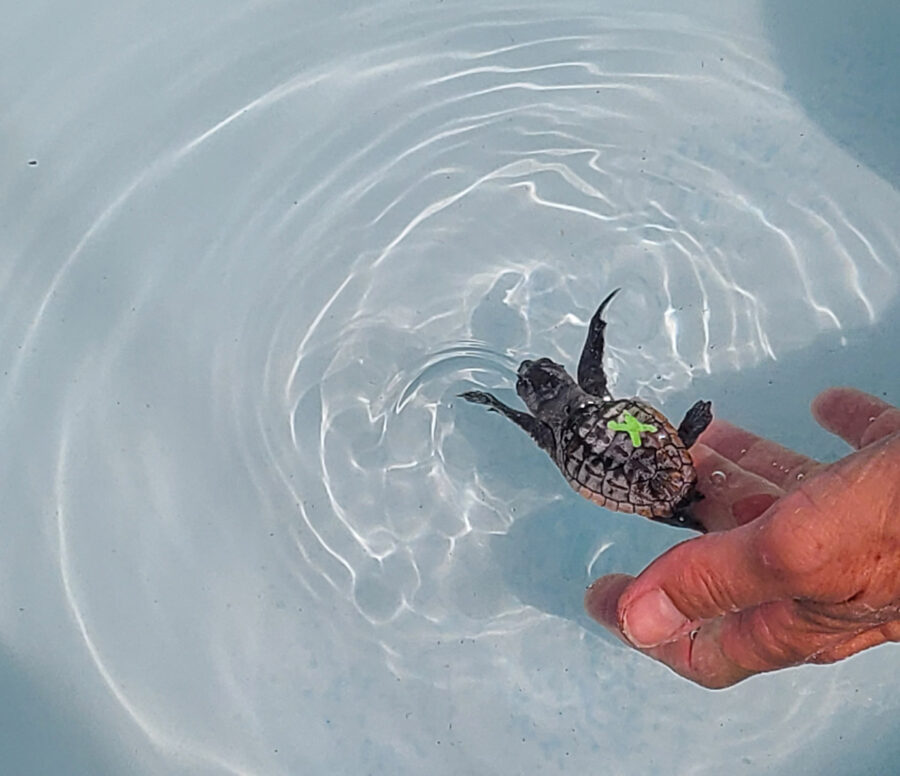
The rehabilitating hatchlings are doing surprisingly well, but with so many hatchlings in the hospital’s care right now, they are given letter designations to identify them while rehabbing.
“Our community is pretty amazing and they care about our marine life,” said Zirkelbach. “If people want to know what they can do to help sea turtles, fall in love with them and teach others to care about them. My favorite line is ‘compassion is contagious.’
“They’re little dinosaurs; they have the history of the world in their eyes. All marine life are in such challenging times right now, and sea turtles put a face to that.”
The remaining hatchlings will be given swim tests to assess their ability to survive in the wild. Once the hatchlings can pass the swim tests, Turtle Hospital will give them a ride out to the Gulf Stream.

If you see a sea turtle or sea turtle nest in danger, call FWC (888-404-FWCC) or Turtle Hospital’s 24-hour line (305-481-7669). If you are out at sea and unable to call, radio the U.S. Coast Guard on Channel 16. Due to their status as state and federally protected species, it is illegal to touch a sea turtle without a permit. Never attempt to move or rescue a sea turtle without contacting a rescue organization first.
In the case of this most recent nest, the house with the disorienting light was informed that the noncompliant light was dangerous. “Turtle-safe” lighting near nesting beaches should be mounted as low to the ground as possible, and shielded so that the light is not emitted outward. Lights should be as low wattage as possible, and emit long-wavelength colors such as amber or red. Curtains, blinds and tinted windows should be used to block interior lights, while any unnecessary lighting should be turned off whenever possible.
Resources on turtle safe lighting can be found on Save-A-Turtle’s website at save-a-turtle.org/turtlelighting.html


